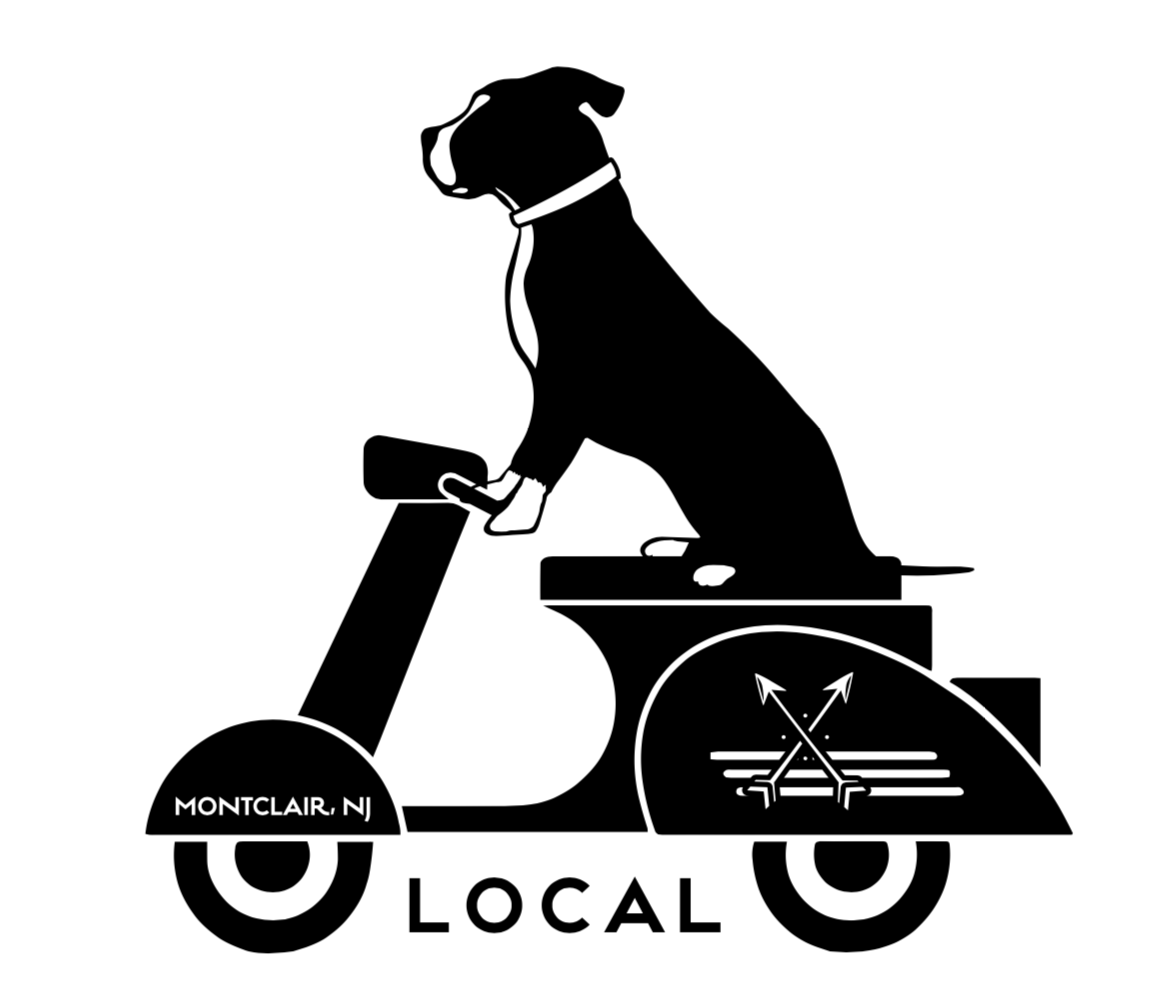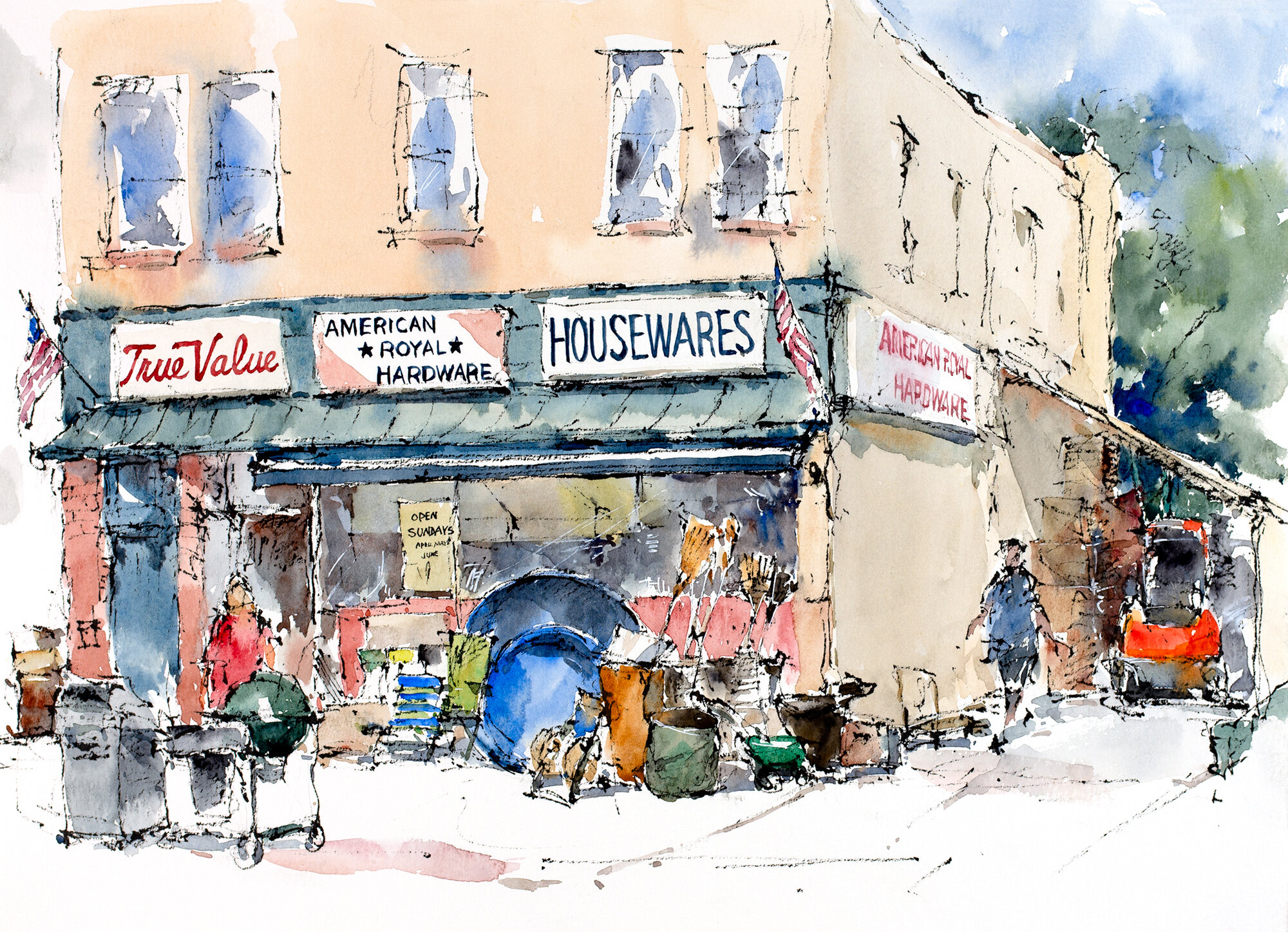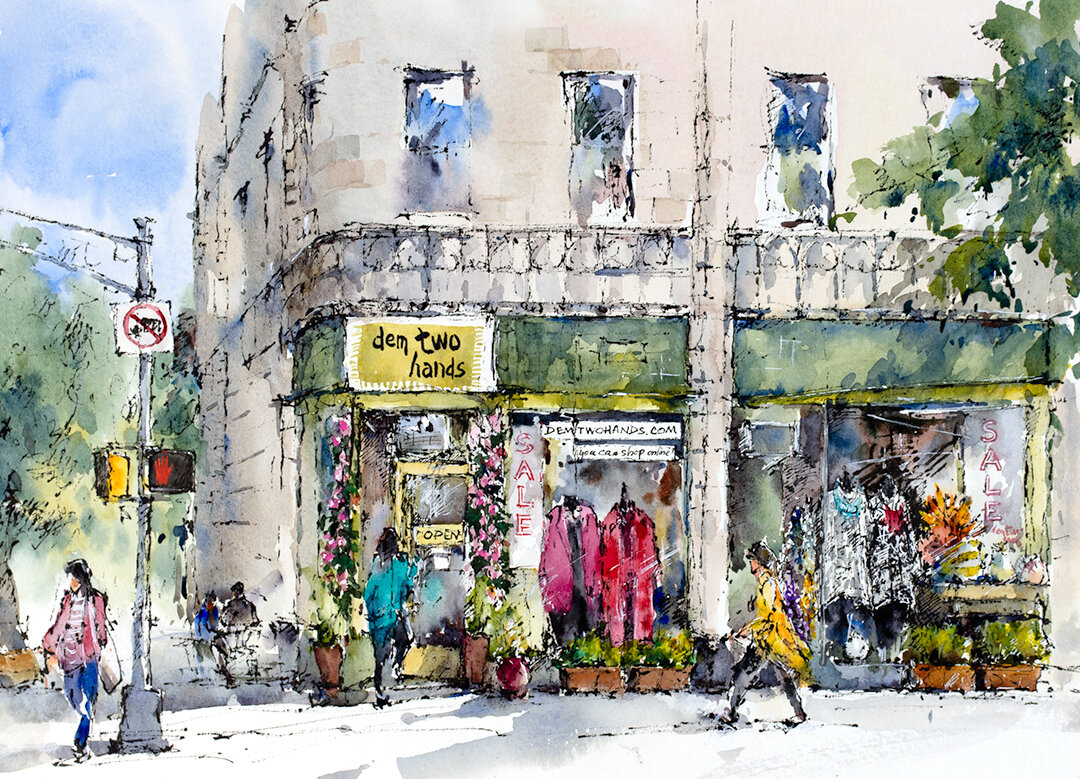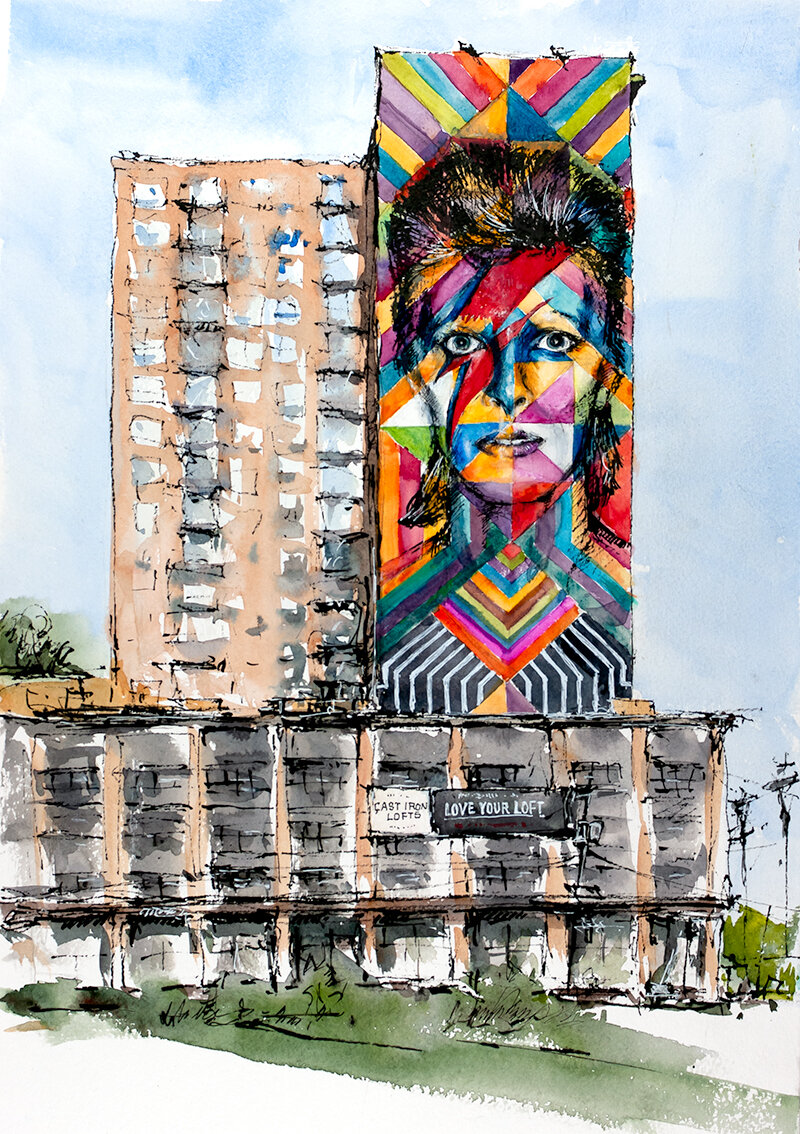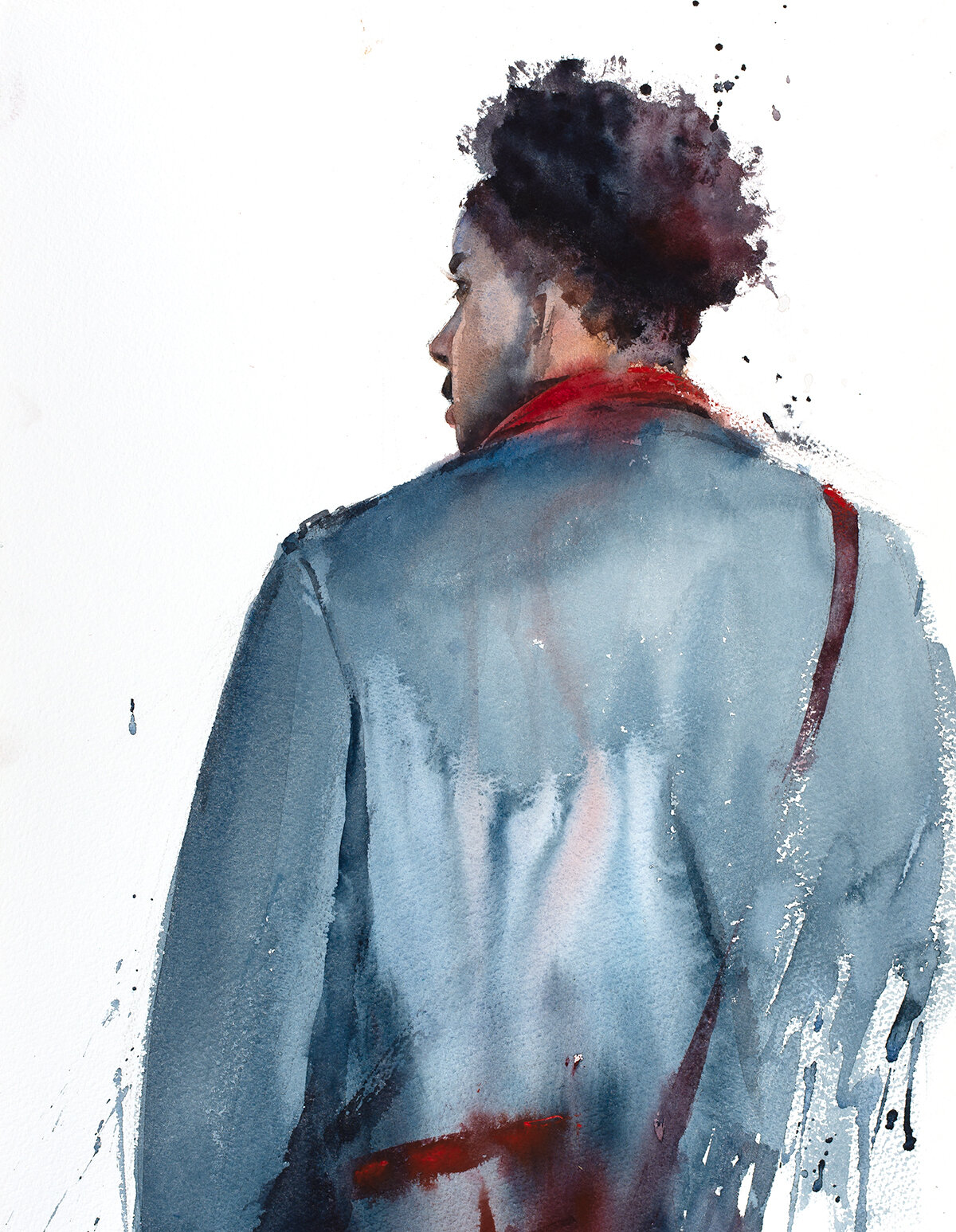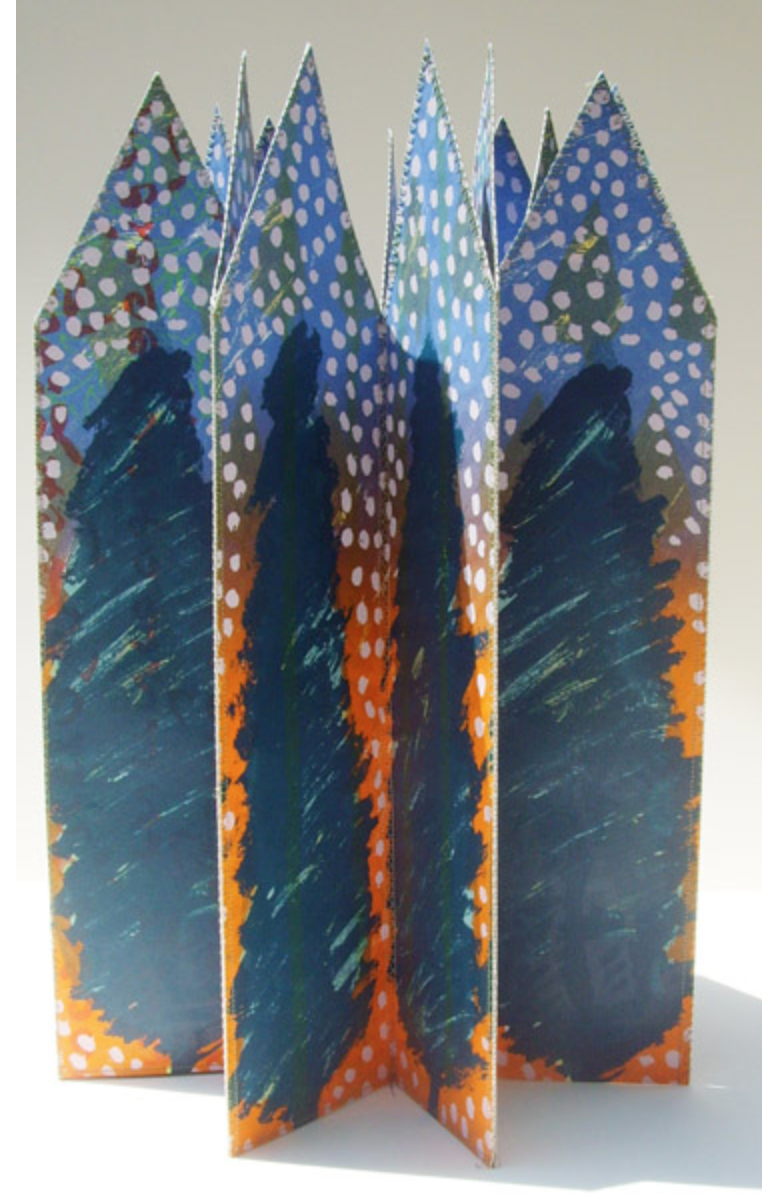LC: Let’s start with some background. How did you get into photography and develop to the level of ability you have today?
MM: Back in 2016 I started to get into drones, an up and coming trend that persists today. I started off with the smaller toy drones, learning as I crashed them. Eventually over the course of around a year I saved up and got a great prosumer DJI drone. On the drone was a high quality camera that I subsequently used to capture the first of my many photographs and videos. I firmly believe that having the ability to position a camera at any angle and height in the sky directly assisted my eye as a photographer today. I’ve been through four upgrades of cameras and lenses to get to where I am today, and I owe the level of ability I’ve developed to persistence, practice, and trial and error. I am proud of where I am today, being self taught, but I still have a lot of room to grow.
LC: Your photographs capture a variety of subjects and scenes in a wide range of styles. How do you decide the what, when, and how of your pictures?
MM: I definitely don’t have a central theme in this show, as I practice so many different styles and types of photography. I like to have some variety in my life, and my art exemplifies that. However with many of my projects, the process starts with an idea. Let's take the photograph of the Aston Martin in Chinatown as an example. That car is called the Dragon 88, and was created for the Chinese market. Only 88 of them were ever made, and the one I photographed is the only one in the United States. I thought it would be fitting to take it into Chinatown, an area I’ve always imagined photographing a car in. We traveled there with the car and captured it under the Chinese lanterns strung across the streets. It involved a long shutter speed and shining a light over the car to illuminate its deep maroon paint. I am very happy with how that photoshoot came out.
LC: Clearly your life has included a fair bit of traveling. What are some places you’ve visited and do any stand out as favorites?
MM: I’ve been extremely lucky to travel around the United States and to Europe. I spend a lot of time in Arizona, because I have family there. I have also visited Miami, Wisconsin, Tennessee, Yellowstone, and many more places. In Europe I’ve been to Paris, Venice, Florence, Rome, Lisbon, and Barcelona. I really enjoy traveling, as it allows for an amazing new array of scenery and sights to photograph. Venice was my absolute favorite, and I was able to take my drone up there to photograph the Grand Canal, leading to one of my favorite photos of all time, which is in this show.
LC: Can you tell us more about your service trip to the Dominican Republic, where some of these photos were taken?
MM: I was able to go on a mission trip with my church to the Dominican Republic, where myself and a group were given the amazing opportunity to work with and assist a group of disabled orphans. Among the 50 or so children there, only 3 or so could even walk. The majority were strapped to wheel chairs, perhaps indefinitely. I still remember walking down the stairs and seeing them for the first time. I walked back up the same stairs for the last time at the end of my mission trip as a changed person, with a very new perspective on life. I was lucky to be able to document the experiences of me and my peers through my camera, and captured some moments of pure emotion that I think would be impossible to emulate in any other circumstance. The trip left a lasting effect on me, and I’ve decided to donate a portion of the proceeds from selling my photographs to the Mustard Seed Communities foundation which oversees the disabled children in the orphanage. They need it now more than ever as for the past few years they haven’t had their regular donations, of both money and supplies because Covid prevented travel to the orphanage.
LC: What do you feel is your relationship to the stories being played out in your pictures? Are you preserving an existing narrative for memory or creating a new story within the image?
MM: I feel as though the stories I tell in my photographs are created by myself, based on the way I have the subject positioned, combined with the lighting, editing, and many camera settings I hand pick. I feel as though I am creating a new story within the image. For example when shooting cars, most new photographers would merely capture the vehicle. I choose a scene and try to capture the car within the scene to tell a story.
LC: For fellow photographers coming into the shop, what sorts of cameras do you use, and do you have a preferred go-to?
MM: I’ve been through four upgrades of cameras since starting. I started with a Lumix G7, a great affordable camera for beginners. I moved to the Sony A7ii, which I highly recommend for mid range beginners. Then onto the Sony A7iii, which helped me delve more into videography, and now I’m using the Sony A7iv as my main camera and the Sony A6300 as a secondary. The A7iv is an excellent camera with 33 megapixels and many great video features, and will be my go-to for a while.
LC: What’s your favorite coffee or tea beverage?
MM: My girlfriend has been a huge factor in developing my love for the Chai tea latte, which is now my go-to whenever I’m out.
Visit Max’s website here: maxvuz.com
